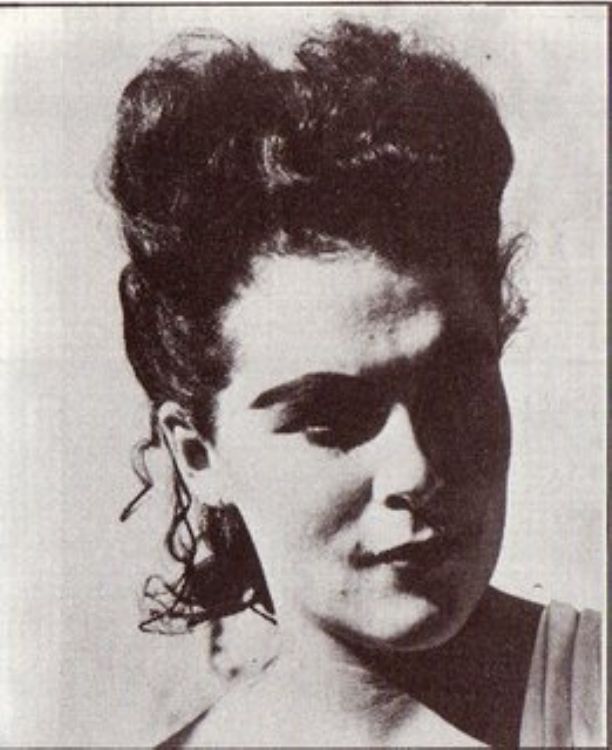
The Story of Leonora Carrington
Leonora Carrington was born in South Lancaster, England. ...
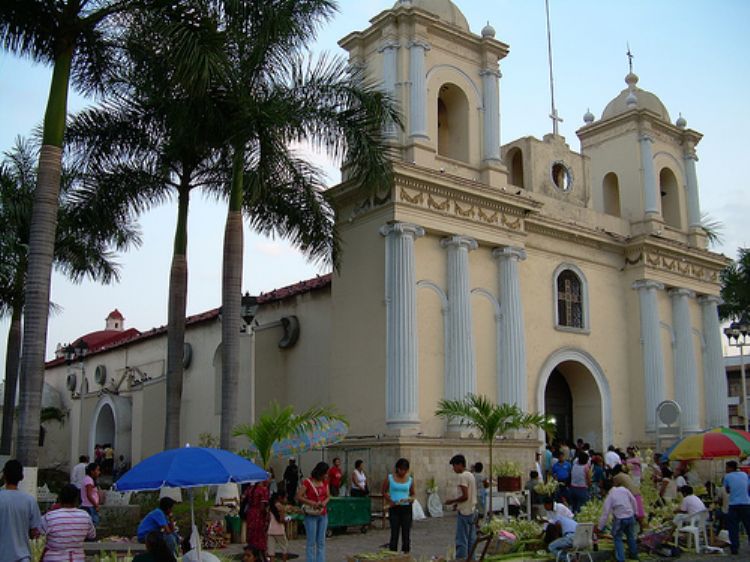
Tapachula is the head of one of the most important municipalities in the State of Chiapas (with the same name) and is located between Sierra Madre and the Pacific's Coastal Plain, being an obligated passageway for terrestrial commerce with Central America by being on the border with Guatemala. It is believed that the word comes from the Nahuatl "âTapachollan"â and its meaning makes reference to "âbetween waters"â, referring to the continuous floods that typify this area. With provincial and modern characteristics, this city is a glimpse of the architecture of seigniorial and European traits, although it preserves most of the elements of Mexican culture.
The origin of Tapachula is related to the territory of Chiapas. Historians say the first dwellers of this area came from Central America and were descendants of the Mames. These residents inhabited the region known as Soconusco, until the Olmeca arrived and after bloody battles dominated them, which prompted and emigration of Mames to Guatemala, fleeing from the Olmeca abuse. Afterwards, the Toltec arrived and also dominated these lands, but the constant battles with neighboring towns continued obligating many inhabitants to migrate towards Central America, which eventually deteriorated this civilization.
The creation of Tapachula didn't occur until the Aztec era, when in 1486 this villa was founded as a taxpayer to the empire. During this time, Tapachula developed as a great commercial center, turning into an important city during most of the pre-colonial era. From the start, these lands were of great interest to Spaniards for its natural wealth and excellent location. This is why Hernan Cortes sent Pedro de Alvarado to this land, in 1524, with the goal of colonizing it. Despite the native's resistance, de Alvarado was successful and after the conquest it was given the category of Government, which was only given to the most important cities; and was also assigned as the capital of the Soconusco region, which was the area's greatest population. Despite its enormous natural wealth, particularly the abundance of cacao (which was very valued during that era), the way the Spaniards abused the Indians caused a depopulation when the abused natives fled in search of better life conditions. The depopulation problem was such that in 1585 there was a Royal Warrant so the natives who wanted to settle in the region of Soconusco didn't have to pay taxes for a year. During the following years (XVI century) the production of cacao was abundant but production fell because of exploitation and depopulation, ruining this port. Thus, plantations gave way to livestock farms and in 1774 there weren't enough Indians to produce cacao. During the XVII and XVIII centuries, Soconusco lost its importance because of its economic crisis; so, in 1790 the Government category was removed and the territory was added as a sub-delegation to the City Council of the Chiapas Province.
It is worth highlighting that due to the deterioration of Tapachula, in 1700 the capital of Soconusco was transferred to Escuintla, but when beaten by a strong hurricane in 1794, its population migrated to Mapastepec, Huehuetán and Tapachula, naming the latter as capital of Soconusco. Afterwards, it acquired the category of villa in 1813 and five years later became the Parish head. On the 23rd of October 1821, Bartolome de Aparicio, Mayor of the Tapachula council, proclaimed the independence of the Tapachula villa, from the Spanish Crown and the General Captaincy of Guatemala and promoted its incorporation to the Mexican Empire. On September 1842, General Antonio Lopez de Santa Anna, provisional President of the Mexican Republic, granted the villa the rank of city and by 1924, General Tiburcio Fernandez Ruiz, Constitutional Governor of the State, declared it provisional capital of Chiapas. But it wasn't until 1997 when it was officially named Tapachula de Cordova y Ordoñez only the municipal head (formerly called Tapachula city) in honor of Friar Matias de Cordova, but the municipality continues to be simply called Tapachula.
The extension of Tapachula municipality is 303 squared kilometers, where more than 272 thousand residents, representing a little more than 40% of the region's population and 7% of the State. From the total it is estimated that 49% are men and 51% are women, with a structure predominantly young, approximately 63% of its residents are under 30 years of age. Regarding public services, data indicates that approximately 94% of the houses have electricity, 63% piped water and 83% sewage systems. Finally, we must mention that by the year 2000, the employed Economically Active Population was above 92 thousand persons, from whom 18% is in farming activities (primary), 17% in the transformation industry (secondary), while the remaining 63% is employed in activities related to commerce or community services (tertiary).

Leonora Carrington was born in South Lancaster, England. ...

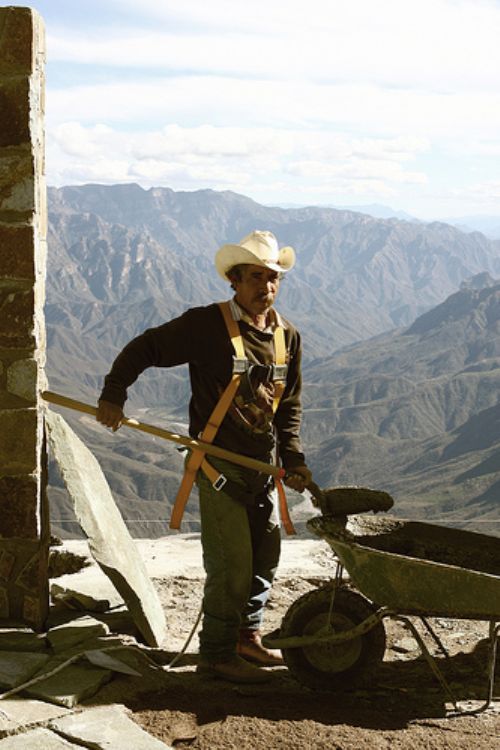
In Mexico there are various social benefits granted by la...
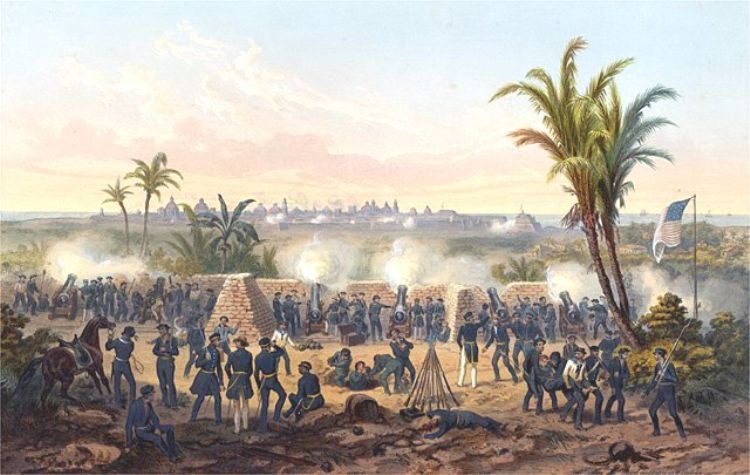
The Mexico â United States war was an armed conflict be...
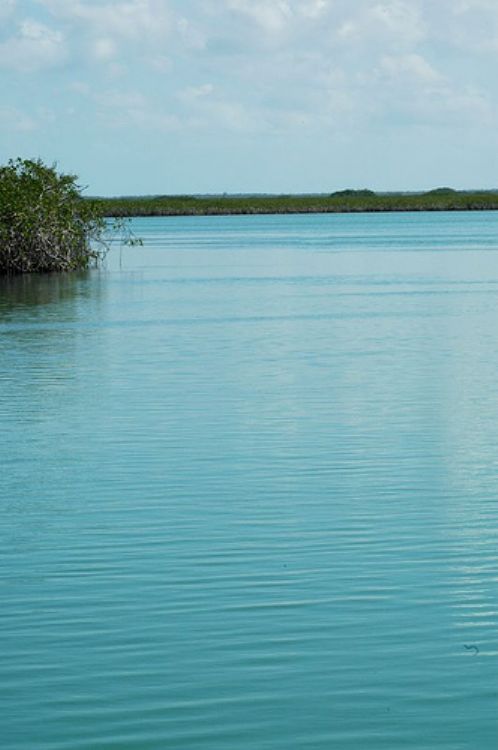


The Human Genome Project (HGP) was a collaborative progra...
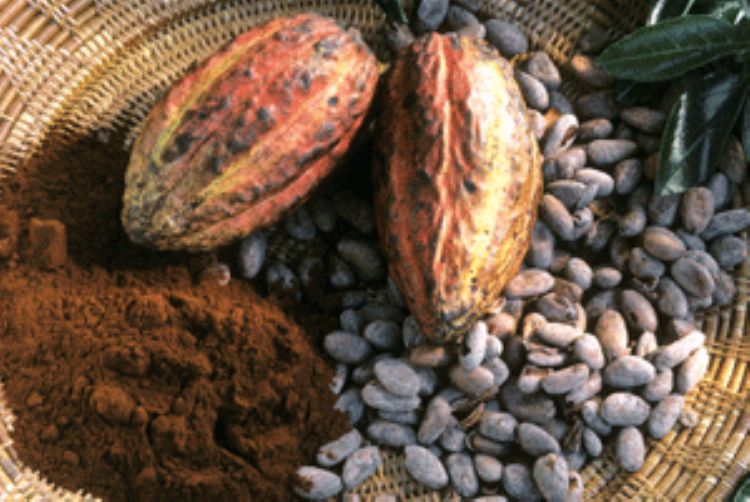
The system of haciendas was the main economic organizatio...
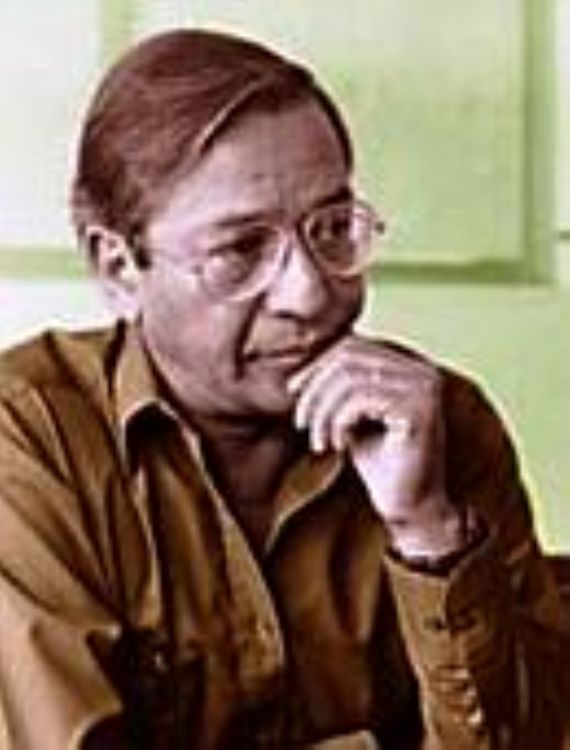
José Agustín; He was born in the State of G...